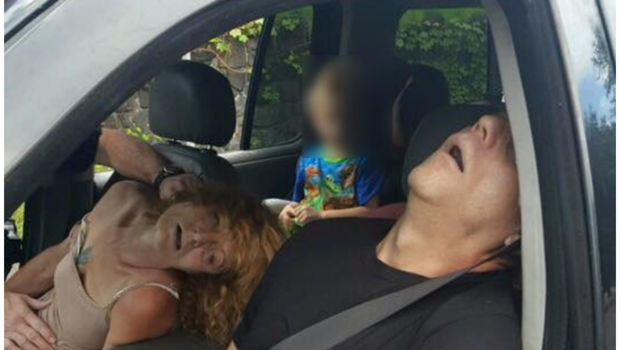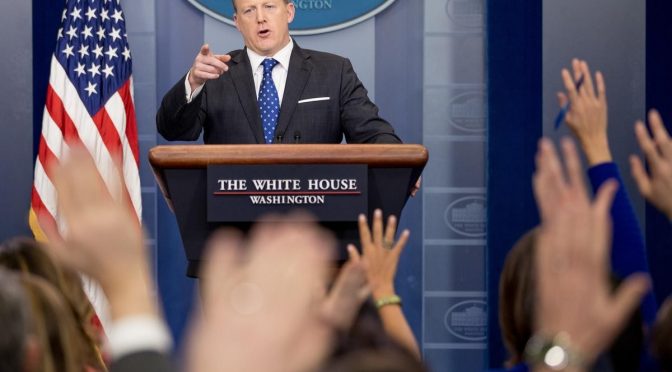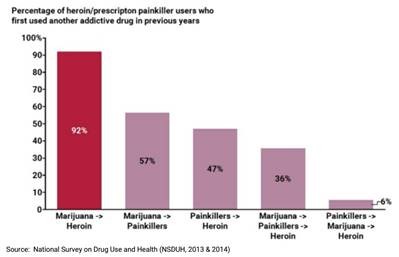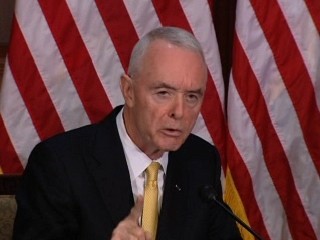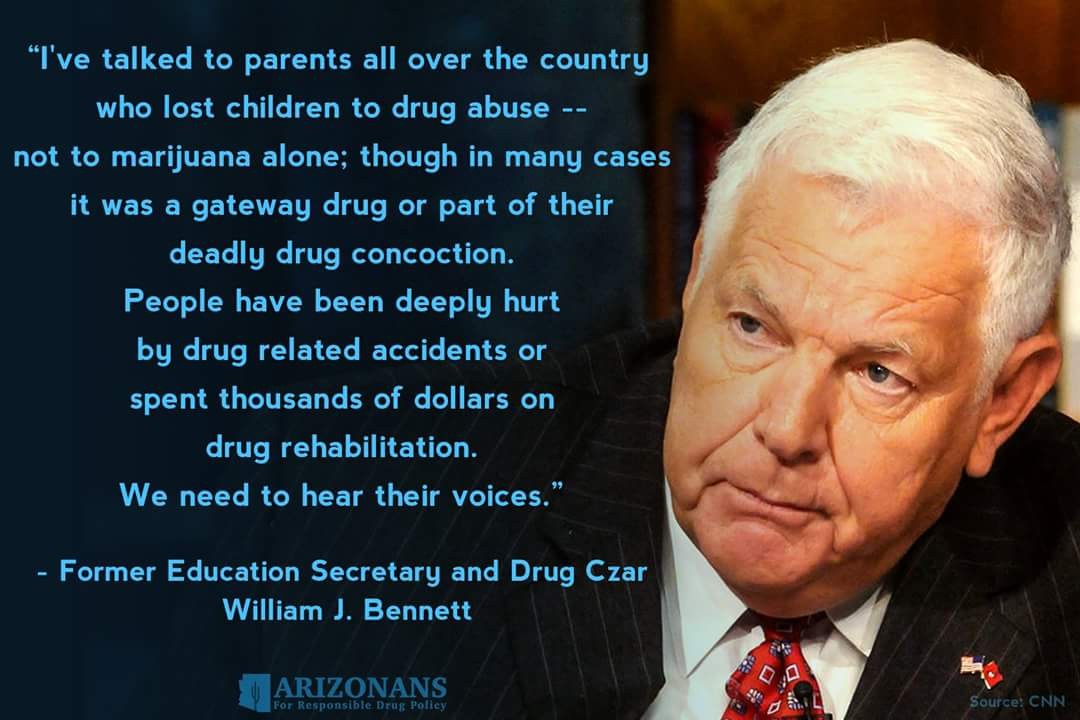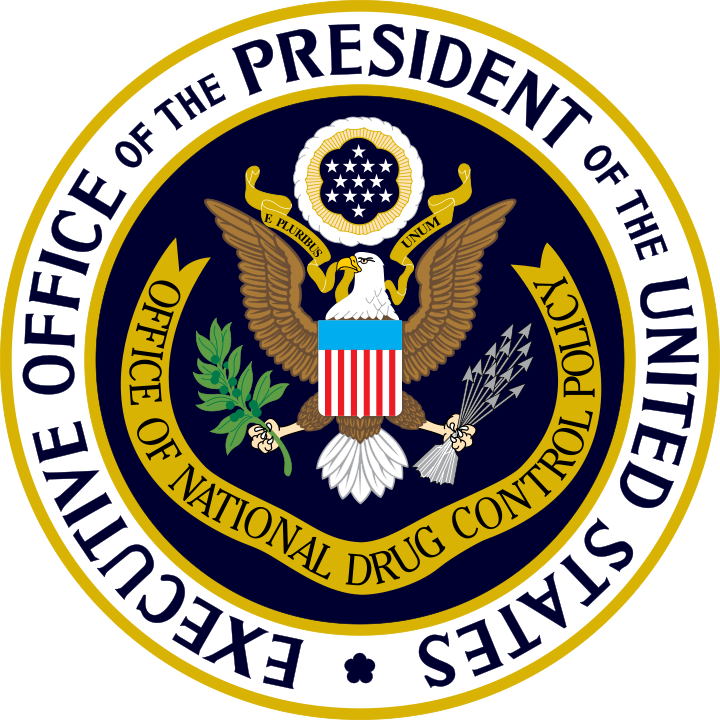Photos of passed out parents with toddlers have surfaced everywhere — the images of our addiction epidemic. (Above photo is from the East Liverpool, Ohio, Police Department.) Though it’s often heroin, fentanyl or opiates that kill, most of the young people dying today began their illicit drug use with pot. (Read Part 1, Part 2 and Part 3. ) We have created a new generation of traumatized children.
“All of the parents I know who use marijuana are terrible parents,” a fan of poppot.org’s, who is in her 20s, wrote to us recently. Many newspapers have written about the children of the opioid crisis, but pot-using parents also contribute to the crisis. We’ve tracked 80 child deaths related to caregivers’ marijuana use since November, 2012.
When those who were traumatized children put their own children in abusive situations, it’s easy to understand their failings. Selena Hitt’s boyfriend accidentally shot her baby, after both of them had smoked pot. Selena had been raised in foster care. Her mother died when she was very young, and most of the time her father was not available to care for her.
Policy More than other Factors Creates Problem of Drug Use
However, there’s a group of non-traumatized adults abusing their children because the United States has normalized the use of marijuana. Because marijuana users can be detached from life and are susceptible to psychosis, it’s important not to use pot if you have children.
Up to eighty percent of child abuse and neglect involves substance abuse, a fact that violence prevention groups often ignore.* The denial is helpful to the strategy of making drug use socially acceptable. NORML, Marijuana Policy Project and Drug Policy Alliance wish to normalize drug use.
The same groups that promote legalization suggest that harm reduction strategies work. Policy based on harm reduction promotes “responsible use” of drugs, which doesn’t work. Recently, a five-year-old drowned, because her babysitter used pot at 8:30 a.m. and stopped watching her.
The Widespread Problem of Traumatized Children
One of our Parents Opposed to Pot members in Colorado has a 13-year-old son who suffers from PTSD. His older brother threatened and terrified him while in a marijuana-induced psychosis. (The older son, now 17, is in recovery, while the younger son is being treated with EMDR for PTSD. )
Genetic and environmental factors that influence drug use are compounded by a society that normalizes drug use. Our blog on suicides tells of teens and young adults who lived in environments that normalized marijuana use. For the most part, they did not use marijuana because of trauma, although one was a veteran.
Many parents of these suffering children use drugs only because it’s social and considered harmless. Michael Goldsby, addictions instructor at College of the Redwoods said, “Risk factors for drug problems include availability of drugs, positive peer attitudes towards drug use [and] community norms that accept drug misuse. Drug and alcohol use is accepted and even encouraged in our community” Goldsby teaches college in the Emerald Triangle region.
Drug-Related Deaths far Outnumber Deaths by Cars or Guns
The Center for Disease Control recently released statistics about accidental deaths:
52,404 drug-related deaths, up 11%.
37,757 died in car crashes, an increase of 12%.
36,252 gun deaths, including homicides and suicides
As we try to cope with a growing number of children affected by ACEs (Adverse Childhood Experiences), the United States is embarking on a program to legalize all drugs. Little children are losing their parents at an alarming rate, adding to the trauma and ACE scores of the future.
Instead of protecting the people, politicians are allowing marijuana lobbyists to dictate policy. (Billionaires, marijuana companies and pro-legalization groups donated more than $30 million to legalize marijuana in California.) Professionals need to counter the media bias and bias in polls which favors drug legalization.
Taking away children from drug-using mothers is not the answer, because separation from the moms also creates traumatized children. Child protection workers are in a Catch 22 situation. Techniques described in Part 2 can perhaps help the children traumatized by parents’ drug use.
___________________________________________________________
*Our information is mainly from CASA Columbia. A good current reference Ed Gogek’s book, Marijuana Debunked. Several studies are mentioned in our six-part series on child abuse deaths related to pot. Parents Opposed to Pot has tried to share stories with Futures Without Violence, but they banned us from posting on their Facebook page.

